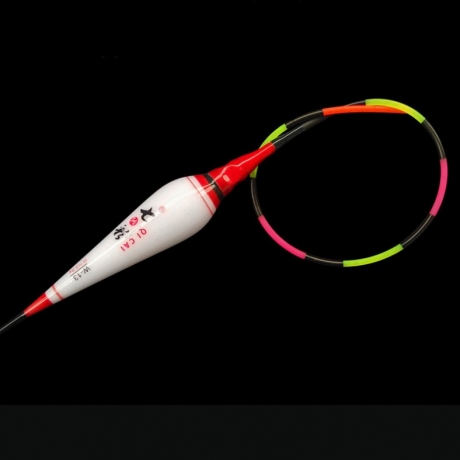What are the properties of titanium alloys?
Titanium alloy is a new type of impurity, which contains no more than 1.0% hydrogen and oxygen, but has the lowest content of hydrogen and oxygen.
Let's look at a group of data: the properties of 99.5% industrial pure titanium are: density ρ = 4.5g/cm3, melting point 1725 ℃, thermal conductivity λ = 15.24w / (m.k), tensile strength σ B = 539mpa, elongation δ = 25%, reduction of area ψ = 25%, modulus of elasticity e = 1.078 × 105Mpa, hardness hb195. As a result, titanium alloy has the following properties:

Titanium alloy has high strength
The density of titanium alloy is about 4.51g/cm3, which is only 60% of steel. Some high strength titanium alloys exceed the strength of many alloy structural steels. Therefore, the specific strength (strength / density) of titanium alloy is far greater than that of other metal structural materials. See table 7-1. Parts with high unit strength, good rigidity and light weight can be made. Titanium alloy is used in engine components, frame, skin, fastener and landing gear of aircraft.
Titanium alloy has high thermal strength
The service temperature is several times higher than that of aluminum alloy, and the required strength can still be maintained at medium temperature. It can work at 450-500 ℃ for a long time. These two kinds of titanium alloys still have high specific strength in the range of 150 ℃ - 500 ℃, while the specific strength of aluminum alloy decreases significantly at 150 ℃. The working temperature of titanium alloy can reach 500 ℃, while that of aluminum alloy is below 200 ℃.
Titanium alloy has good corrosion resistance
The results show that the corrosion resistance of titanium alloy is much better than that of stainless steel when it is working in humid atmosphere and sea water medium; the resistance to pitting corrosion, acid corrosion and stress corrosion is particularly strong; it has excellent corrosion resistance to alkali, chloride, chlorine organic substances, nitric acid, sulfuric acid, etc. However, titanium has poor corrosion resistance to reducing oxygen and chromate media.
The low temperature property of titanium alloy
The mechanical properties of titanium alloy can be maintained at low and ultra-low temperature. Titanium alloys with good low temperature properties and very low interstitial elements, such as TA7, can maintain a certain plasticity at - 253 ℃. Therefore, titanium alloy is also an important low temperature structural material.
The chemical activity of titanium alloy is high
The chemical activity of titanium is high, and it reacts strongly with O, N, h, Co, CO2, water vapor and ammonia in the atmosphere. When the carbon content is more than 0.2%, the hard tic will be formed in the titanium alloy; when the temperature is higher, the tin hard surface layer will be formed by the interaction with N; when the temperature is above 600 ℃, the titanium will absorb oxygen to form a hardening layer with high hardness; when the hydrogen content increases, the brittle layer will also be formed. The depth of hard and brittle surface layer is 0.1 ~ 0.15 mm and the hardening degree is 20% ~ 30%. The chemical affinity of titanium is also large, and it is easy to adhere to the friction surface.
The thermal conductivity of titanium alloy is small
The thermal conductivity of titanium is 15.24w / (m.k), which is about 1 / 4 of that of nickel, 1 / 5 of iron and 1 / 14 of aluminum. The thermal conductivity of various titanium alloys is about 50% lower than that of titanium. The elastic modulus of titanium alloy is about 1 / 2 of that of steel, so its rigidity is poor and easy to deform. It is not suitable to make slender rods and thin-walled parts. The springback of machined surface is very large, which is about 2-3 times of that of stainless steel, resulting in severe friction, adhesion and adhesive wear on the tool flank.
3D printing department,gmtlight




